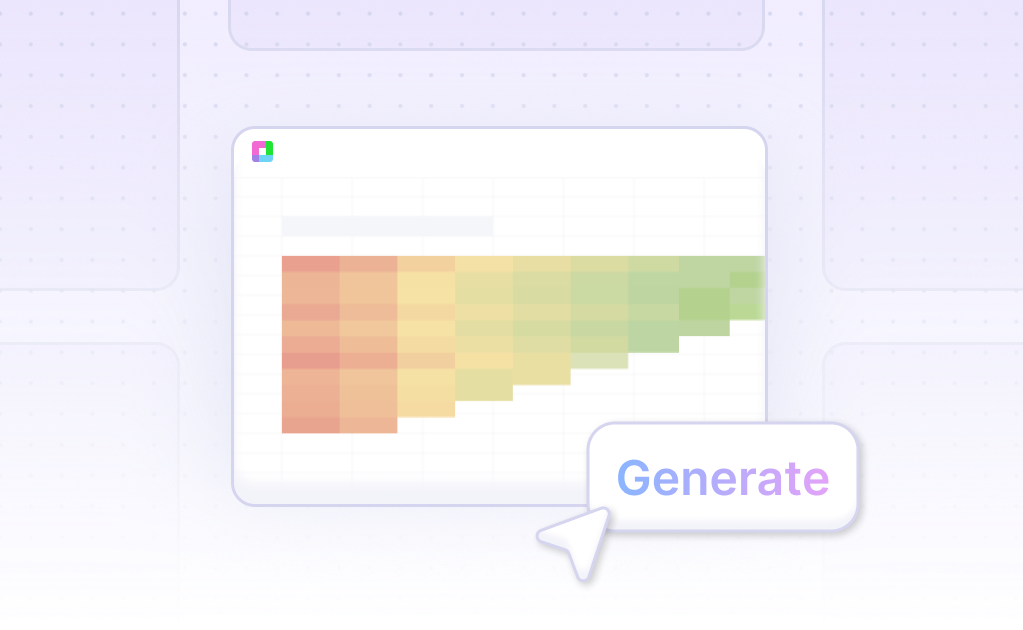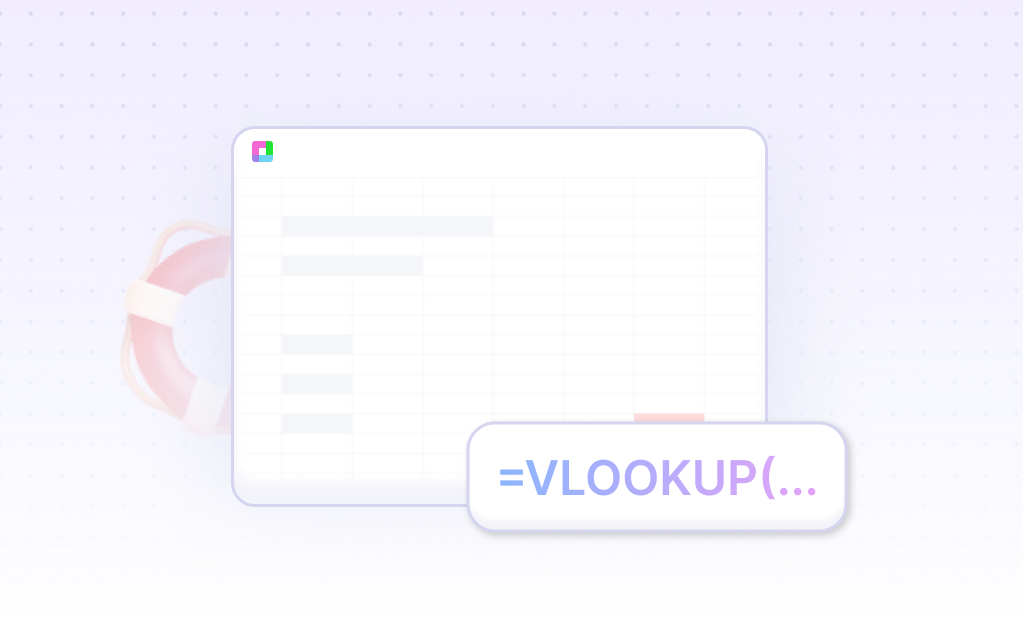
Master Portfolio Risk with Professional-Grade Tools
Every successful trader knows that protecting capital is the first rule of the game. Our comprehensive risk management calculator transforms complex financial calculations into actionable insights, helping you make informed decisions that preserve wealth while maximizing risk-adjusted returns.
From position sizing to Value at Risk calculations, this template provides the analytical framework that professional fund managers rely on daily. Whether you're managing a personal portfolio or overseeing institutional investments, having robust risk controls isn't just smart—it's essential.
Professional risk management isn't about limiting profits—it's about ensuring you stay in the game long enough to achieve them.
Capital Preservation
Protect your trading capital with scientifically-backed position sizing formulas and stop-loss optimization strategies that minimize drawdowns.
Value at Risk (VaR) Analysis
Calculate potential losses with statistical confidence intervals, giving you clear insight into your portfolio's risk exposure over different time horizons.
Beta Coefficient Tracking
Measure how your positions move relative to market benchmarks, helping you understand correlation risks and diversification benefits.
Position Sizing Optimization
Use Kelly Criterion and other proven formulas to determine optimal position sizes that maximize long-term growth while controlling risk.
Stop-Loss Automation
Calculate ideal stop-loss levels based on volatility, support/resistance levels, and risk tolerance to protect against adverse moves.
Risk-Adjusted Returns
Track Sharpe ratios, Sortino ratios, and other key metrics that show whether your returns justify the risks you're taking.



Checkout what Sourcetable has to offer
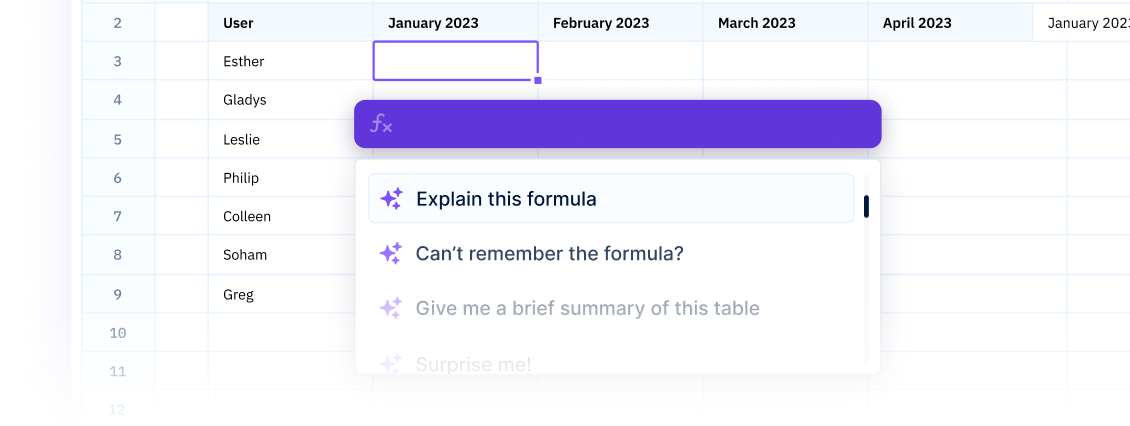
Position Sizing Calculator
Kelly Criterion, fixed fractional, and volatility-based position sizing formulas with customizable risk parameters.

Value at Risk (VaR) Engine
Historical simulation, parametric, and Monte Carlo VaR calculations with confidence intervals from 90% to 99%.
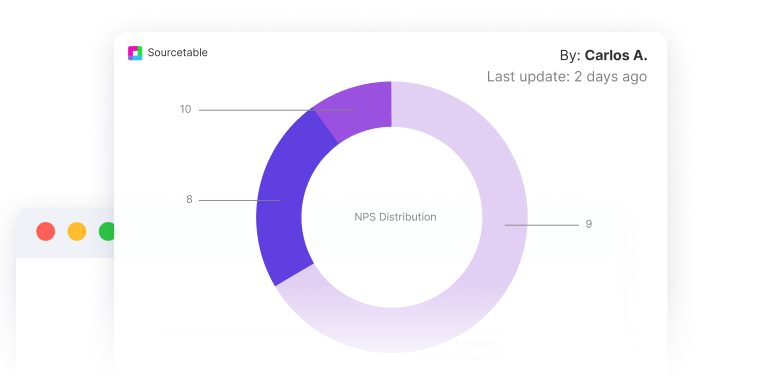
Beta Analysis Dashboard
Real-time beta coefficients, correlation matrices, and market exposure analytics for comprehensive risk assessment.

Stop-Loss Optimizer
Volatility-based, technical level, and percentage-based stop-loss calculations with risk-reward optimization.
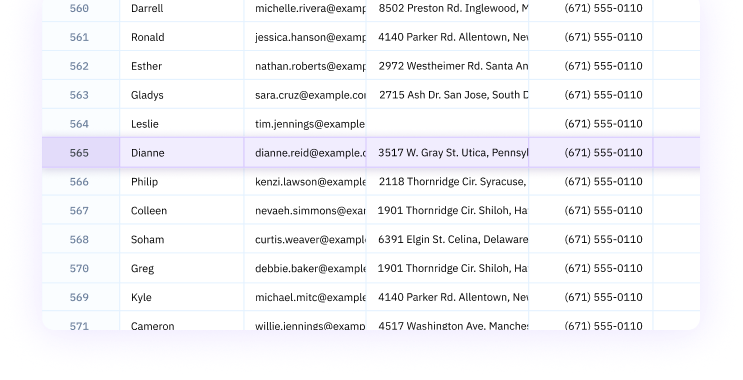
Risk-Adjusted Performance
Sharpe ratio, Sortino ratio, maximum drawdown, and other key metrics for evaluating risk-adjusted returns.
Portfolio Heat Map
Visual risk concentration analysis showing sector exposure, position sizes, and correlation risks across holdings.
Enhance Your Risk Management Strategy
Frequently Asked Questions
If you question is not covered here, you can contact our team.
Contact Us
